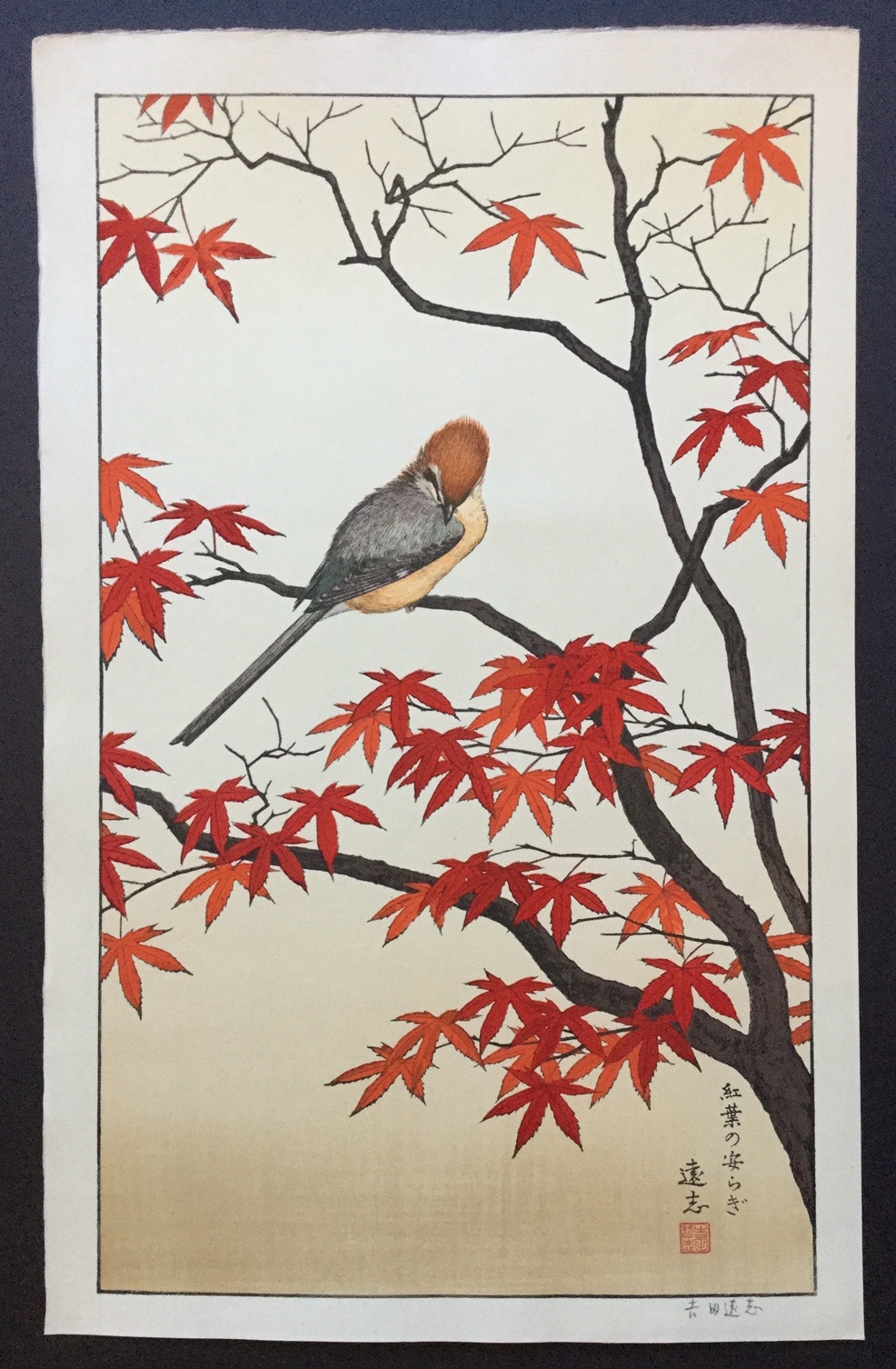Thanks everyone for the kind comments and interest so far. I'm still a fairly new player, but fortunate to be at a stage in my life where a build is feasible, even though I am not deeply knowledgeable about guitars or luthiery -- though being on the forum and meeting people here have really helped and influence this build, which is why I thought it would be nice to share back to the extent helpful to others.
One idea I had was I thought it might be interesting to provide a behind-the-scenes look at some of the design process and iterations, starting with some of the back and forth with Michael and Jimmi.
I had no idea that Jimmi was on a reduced schedule when I asked Michael about a custom headstock. I admired the work on his Wave and Flute Player guitars, and initially was just curious about what it would cost to accentuate the build. Recognizing that cost and feasibility would depend on the complexity of the work, I looked around for a design that had the aesthetic I was seeking. Our family had just completed the first of two recent trips to Japan, and I had long admired
Toshi Yoshida's woodblock prints. As an admirer of minimalism, a believer in letting beautiful wood speak for itself, and finding commonality of those concepts in Japanese woodworking, these concepts greatly influenced the overall design language for the build. In this respect Michael and I were quickly able to align on ideas, and his level of engagement and thoughtfulness regarding ideas I had were truly amazing all the way through.
Much of Yoshida's landscape and street scene depictions don't map well to the limited real estate of the guitar headstock, so I was pleased to find that he had done some close up work that had the potential to scale well. When I came across a series of prints he had done on birds in different seasons, I was struck by his print, "
Serenity of Red Maple".

The late fall setting, with the last determined leaves clinging to their branches, retained enough negative space, particularly towards the top of the artwork, that would allow the headstock to breathe, and I felt I had found subject matter that would not distract from the guitar.
In discussions, Michael and I decided to eliminate the bird from the print and focus on the maple leaves and branches. It felt to us like the simple gradated color scheme of the leaves in differing stages of turn would provide a subdued yet still visually interesting subject.
I was pleased that Jimmi thought the work challenging and interesting enough to take it on, so much so that she provided an initial photoshop mockup as a design proposal, offering two options - one with an upper branch removed and the other with the upper branch in place (we opted for the latter, shown on the left).
Mapletree_Bash1_JW2018.jpg
With Jimmi now engaged and interested, we discussed materials, and Jimmi provided some visual mockups that simulated material choices - one that closely replicated the original print, one that substituted the marquetry with shellwork, and a third that showed a more traditional dark stained wood headstock.
MapleBash2018_materialMock_sm.jpg
After discussion with Michael, we decided the first design was the most attractive. This led to a discussion of how to achieve visual and color balance for the guitar as a whole, and I looked at some of Michael's guitars where he crafted his incredible art deco headstock work in lighter tone woods. There are not a lot of light colored headstocks in the world...so some courage and self-belief needed to be injected at this point!
We decided the light maple background needed to be properly framed by binding it in ebony, with an ebony backing plate to give visual weight to the head of the guitar. The binding would carry through with ebony binding down the fingerboard and through the body. Jimmi's uncolored template helps this visualization process.
Untitled_Artwork.jpg
The tree branches are in walnut, and the leaves in koa, so for now we plan to use walnut and koa purfling inside the ebony binding.
One consensus that emerged in discussions with Michael was the importance of restraint - to limit how ornate or elaborate other design aspects on the guitar would appear, so that the headstock would draw the most visual attention, with the other motifs respectfully falling in place in a complementary way. Given the fan fret and florentine cutaway, we recognized it would be easy to go over the top, and needed to respect the conformance of form to function for the guitar to not have an overly important sense of self.
Some aesthetic decisions remain, such as whether to use maple or amber for the fret markers. We have some ideas for the rosette and end graft, based on sketches I've sent to Michael, but which he will model out to scale.
Ok, that's it for now! As I said, a slow rolling start...